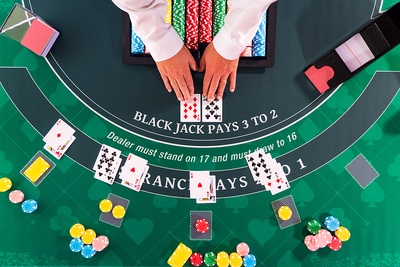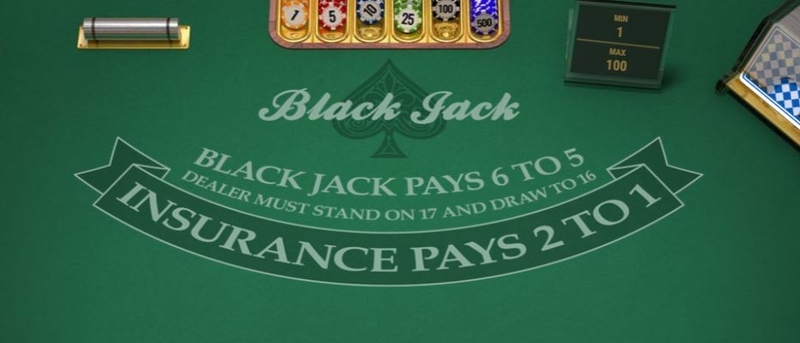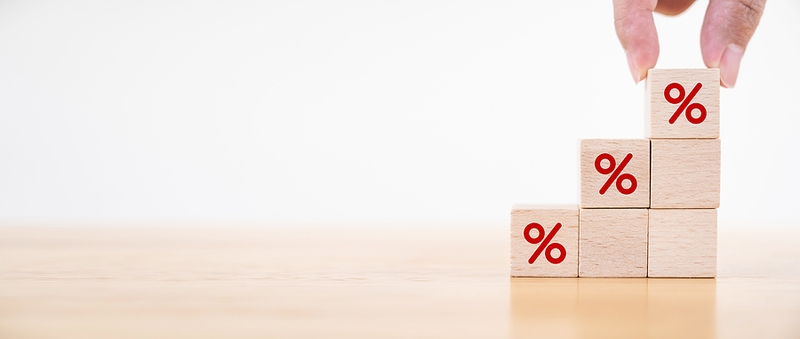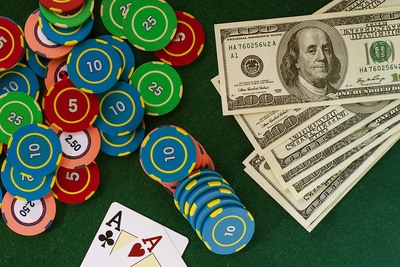 Any professional blackjack player will tell you that success comes down to your performance over the long term. Unless you are very lucky and betting at huge stakes, you will not get rich over a few hands of blackjack.
Any professional blackjack player will tell you that success comes down to your performance over the long term. Unless you are very lucky and betting at huge stakes, you will not get rich over a few hands of blackjack.
The payout for a winning hand is just 1:1, so equal to whatever your stake was, meaning that if you bet £5 on a hand and won, you would get £10 back – your initial £5 stake plus your £5 winnings.
The only way to get a higher payout is to achieve a natural blackjack, which is an ace and a ten value card, on the initial deal, and this traditionally pays out at 3:2. So you get 1.5x your stake back, meaning that same £5 bet would return £12.50 – your initial £5 stake plus £7.50 winnings.
However, as time has gone on and game developers have messed around with the metrics to find new variations of the game, this payout for a natural blackjack has been tampered with, so players need to be mindful before they join a game that they aren’t getting a bum deal.
Of course, doubling and splitting enable you to increase your stake, but the payout ratio remains the same, and it is the ratio we are talking about here.
What is the Official Payout for Blackjack?

As mentioned, 3:2 is traditional and you will still find this to be true at most tables and online games that you come across.
However, over in America, where casinos love to short change their customers by increasing the house edge (double zero roulette) or reducing the odds, you might find a different payout structure.
The ‘blackjack pays 6:5’ rule has become more and more common over there, and while it might not seem all that bad to a tourist or an amateur player, anyone who knows their onions will confirm that this is a rubbish deal.
It started on single deck and low limit games, where the casinos could legitimately make a case for rebalancing things a little, but then this practice slowly became the standard at many Las Vegas strip casinos.
What is the Difference Between Blackjack Paying 3:2 and 6:5?

The difference is huge. By switching to the 6:5 payout the casino effectively raises their house edge 400%.
This is because a standard game with a 3:2 payout played using optimal strategy gives the house about a 0.5% edge. With the 6:5 payout employed this edge jumps to almost 2%.
You can see why in the table below:
| Blackjack Odds | Payout | Returns from £10 | Returns from £100 |
|---|---|---|---|
| 3:2 | 1.5x Stake | £25.00 | £250.00 |
| 6:5 | 1.2x Stake | £22.00 | £220.00 |
In isolation this doesn’t seem so bad, but over the course of thousands of hands – which a professional blackjack player will get through – it makes a huge difference.
The higher your bet the bigger the effect too. For high stakes players it is not unusual to play at stakes of £1000 per hand or more, so the 6:5 rule is literally costing them hundreds of pounds each time they get blackjack.
Why do Some Blackjack Games Have a 6:5 Payout?
 Ultimately, it’s because it makes them more money and makes it more difficult for the player to come out ahead.
Ultimately, it’s because it makes them more money and makes it more difficult for the player to come out ahead.
All casino games are weighted in the casino’s favour, even if it’s only slightly, and this tips the balance further in their favour.
However, because there are so many blackjack variations this payout change could be justified. A single deck game, for example, is much easier for a card counter to manipulate, so a 6:5 payout on a single deck game could be argued as a rebalancing rather than pocket picking.
Equally, many online variations have jackpots attached, bonus rounds, or side bets with huge payouts. In order for these very occasional big wins to be accommodated something has to give elsewhere.
The 6:5 payout on blackjack is one way of doing this, but they might also change the rules on doubling, splitting, surrendering, etc, to allow the casino to earn more in preparation for when the big payout lands.
In land based casinos offering regular six or eight deck games though, especially those in America, it is mostly about greed.
